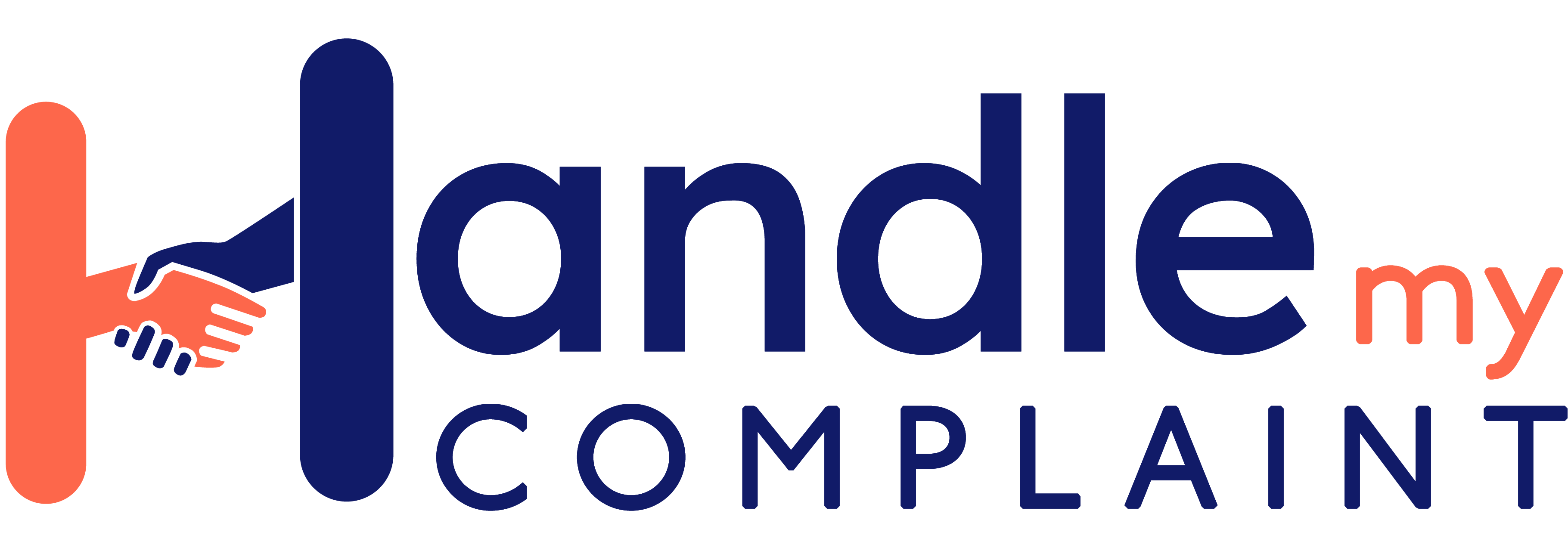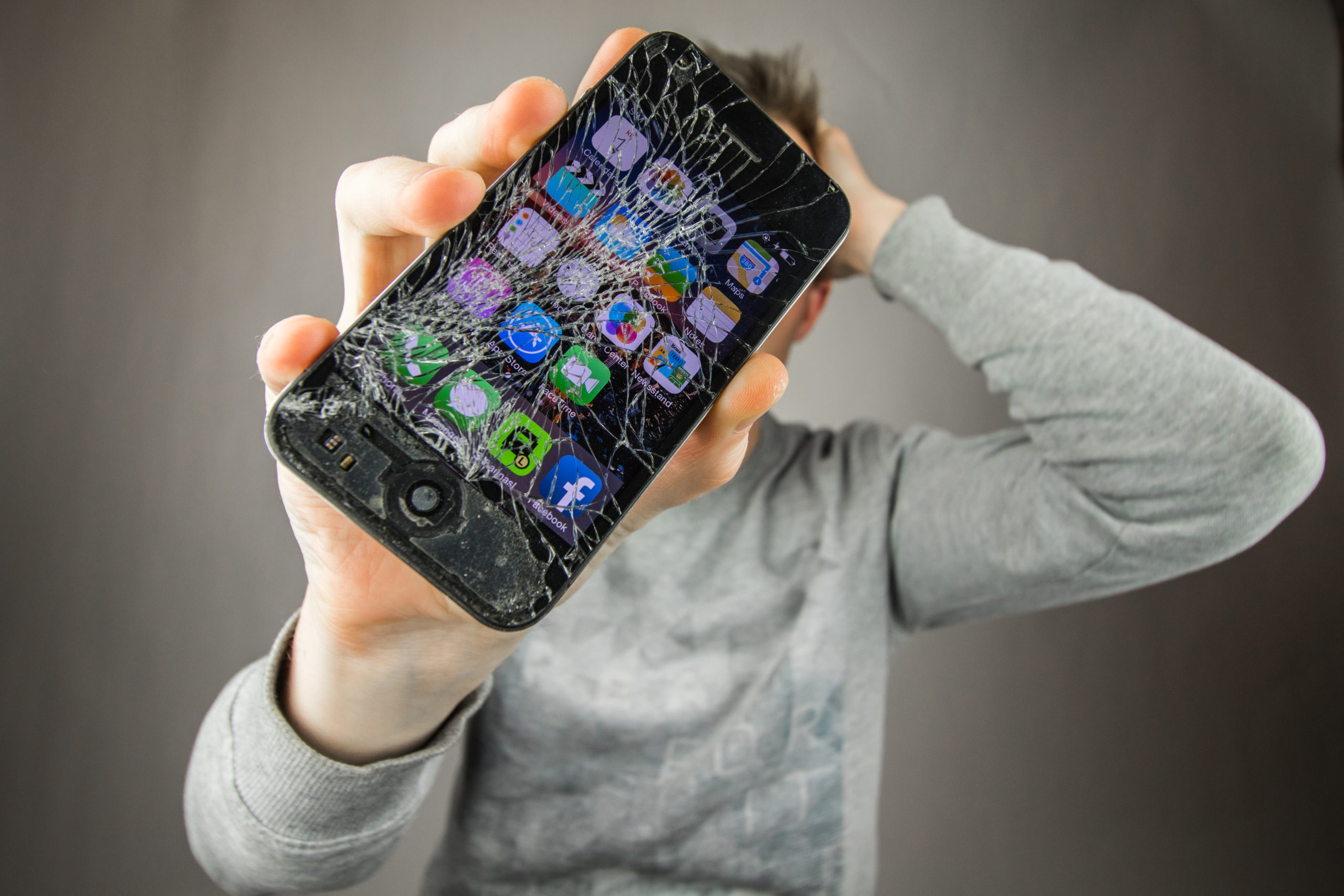
Second bite: What does Apple’s new repair program mean for you?
Have an iPhone that needs repairing? Is your MacBook not working properly again? It’s almost expected that technology won’t go the distance, or that Apple parts will cost too much to get fixed. So we may as well buy a new one. It’s a mindset that has contributed to a stockpile of e-waste that is tipped to hit more than 70 million tonnes globally by 2030.
But what if you could repair your phone or other electronic devices yourself? Apple has introduced a Self Service Repair program, where you can order the parts to fix the issue yourself — or get a more experienced third party to do so.
It's been launched in the United States and is expected to roll out in Europe later in the year. While there is no word yet as to when it will arrive in Australia, Apple has promised it will expand to other countries.
So what does it involve and will it mean you can kiss goodbye to queues at the ‘Genius Bar’ or create a whole new set of problems?
Self Service Repair in a nutshell
Apple's Self Service Repair was created with the do-it-yourselfer in mind. If you're experienced with repairing electronic devices, you'll find this program convenient and easier on the pocket if you have to undertake multiple repairs (well, relatively).
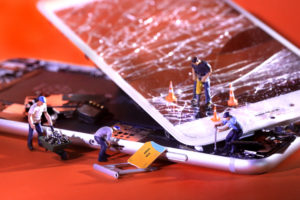
With access to Apple's genuine parts, tools, and repair manuals, you can perform your own out-of-warranty repairs. Don’t try to repair yourself if your device is less than two years old - that is Apple’s responsibility. All you need is the knowledge and experience to troubleshoot and repair the device.
If it's your first time doing repairs, tech experts say you might find the process complicated. But once you get the hang of it, it's easy.
But there's a catch
First, you can only use genuine Apple parts. You can't buy parts until you provide your serial number or IMEI. This is a decision frowned upon by many iPhone users and repairers, who argue this is not in keeping with the Right to Repair movement (more on this later). Forcing people to buy only from an Apple-authorised store, they say, is an anti-competitive move. But this could also mean you’re dodging knockoffs, which have flooded the market.
Second, Apple parts are not cheap. In fact, they're quite pricey (see sample price comparison below). But considering that you're only paying for the parts and not the service, it could be cheaper than going to the Apple Store or an authorised service provider, if you require multiple repairs.
Finally, at the time of writing, only iPhones 12, 13 and SE (third-generation) can be repaired via this method. So if your device isn’t in these categories, learn how to take care of it, especially the battery.
Why did Apple launch this repair program?
For a long time, it was almost impossible to repair your own Apple products. The company held a tight grip on repairs and even went to the US Congress to try to keep it that way.
However, things changed in November when Apple announced that users would now be able to access official repair manuals and parts to fix their devices.
This shift could be attributed in part to the French Law that requires manufacturers to display repairability ratings on their products. It could also be in response to the Right to Repair movement, which has different advocates across the globe.
Right to Repair movement
What is the Right to Repair movement?
This is the global movement that has been advocating for consumers to have more control over their own devices. It is pushing manufacturers to provide repair manuals and access to parts. So that users can fix their electronic devices themselves or with the help of a third party.
By doing this, they hope to cut down on e-waste and keep more hardware out of landfills.
Apple originally wasn't keen to be part of this movement. In fact, Bloomberg reported the effort the company and many others, including Amazon, Google and Microsoft, have put into stopping right-to-repair bills from becoming law.
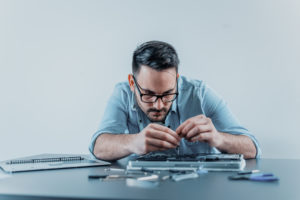
So far, the US, the European Union, the UK and France have enacted laws to enable the right to repair. In Australia, the Productivity Commission sent an inquiry report to the government on 29 October 2021 and is still now awaiting the latter's response.
What is the predicted impact of the Right to Repair movement?
The European Environmental Bureau estimates that if Europeans were given the right to repair their own electronics and extend the life of their devices for a year, we would see a reduction of millions of metric tonnes of greenhouse gas emissions. This is the equivalent of taking 1 million cars off the road.
In general, the right to repair movement is lobbying for a change in the current system where manufacturers have a monopoly over repairs.
Economically speaking, the movement could also benefit those living in areas where authorised repair shops are few and far between. It could also create new business opportunities for anyone who would like to offer repairs.
How the Self Service Repair program works
The program has four steps:
- Read the repair manual. It contains instructions for the steps, parts, tools and materials you need for the repair.
- Buy the parts and tools from the Self Service Repair Store, an online store run by a third-party, Apple-authorised vendor. You can also rent tools from the store. If you want to buy genuine Apple parts and accessories, you'll need the repair manual ID.
- Repair your device following the instructions in the manual.
- Configure system. Depending on the type of repairs, you may have to run a system configuration to cap the repair process.
For now, what you can get from the store are parts related to problems with the battery, bottom speaker, camera, display, SIM tray and taptic engine. These will be available for sale for seven years from the first year your iPhone was launched.
You can also return the replaced part for recycling. And, depending on the repair type, you could receive credit for doing so.
Repair of Apple products
Average life span
Apple devices are known for their high quality and long life, but how long is that exactly?
According to data from analytics firm Asymco, an iPhone usually lasts about four years before it starts showing signs of wear and tear. This is almost double the average life of Android smartphones.
But what about Apple's more robust devices, such as the MacBook? According to MacWorld, it could be anywhere from five to eight years.
Repair costs
There's no data on how much Australians spend repairing their Apple products, but the company does have pricing information on its website.
For example, an iPhone 13 Pro Max starts at $519 for a screen replacement and goes up to $939 for other damage. An iPhone 6s Plus with 64GB of storage costs $279 to replace the screen and around $449 to replace the logic board. And an iPad Pro 12.9-inch (5th generation) Wi-Fi out-of-warranty service fee costs $1059.
Of course, these prices don't include the cost of shipping or any other repairs that may be necessary. But they give you an idea of what you can expect to pay if you need to repair your Apple product.
How much can you save with Self Service Repair?
The total cost of your repair depends on whether you buy the tools or simply rent them. Either way it’s not going to save you much, if anything, unless you do multiple repairs at once.
For example, an iPhone 12 screen replacement cost in Australia is $439 out of warranty. If you opt for DIY repair, here are the expenses you have to budget for:
Parts:
-
- iPhone 12 Display Bundle - $384
Tools:
-
- Back Protective Cover - $0.92
- Display Protective Cover - $0.92
- Adhesive Cutter - $0.99
- Nylon Probe (Black Stick) - $3.94
- Display Adhesive Press Plate - $41.86
- 6.1-inch Repair Tray - $70.95
- Torque Driver Kit (Black, 0.35 kgf cm) - $140.48
- 6.1-inch Heated Display Pocket - $153.25
- Display Press - $306.5
- Heated Display Removal Fixture - $363.75
If you're not interested in buying all the tools, you can rent them instead for about $70/week. In this scenario, a DIY iPhone 12 repair will set you back $454. Compare this amount to Apple's service centre repair price tag of $439 and you will understand why not all repairs are cheaper when done yourself.
Self Service Repair and Apple warranties
Apple has stated that repairing your in-warranty phone with Self Service Repair parts will not invalidate your warranty, but any hardware damage incurred throughout the repair process will not be covered.
But if your device is still under warranty (the Apple product is under two years old), the most economic way is to let the manufacturer fix it. If it's a major repair, ask for a refund — it’s your right under Australian Consumer Law.
How will Self Service Repair affect AppleCare?
There's no word yet on how Apple is going to handle AppleCare while its Self Service Repair is still slowly rolling out. The company could offer reduced pricing or discounts during the transition period, but this is yet to be confirmed.
But in general, you don't have to worry about getting AppleCare for your device as long as you know how to care for it properly. As the company itself has said, "If your iPhone issue is covered by the Apple warranty, AppleCare+, or consumer law, there's no charge [to repair it]. This does not include accidental damage, which requires a fee."
Some rotten Apples
Apple is no stranger to controversy. In 2012, the company was fined $2.25 million for promoting its then-latest iPad as 4G capable, despite it not being compatible with the country's LTE network.
A year later, Apple was slapped on the wrist by the Australian Competition and Consumer Commission (ACCC) for advertising a 12-month limited warranty, which was not in accordance with Consumer Law. The regulator previously stated that it is reasonable for customers to expect a mobile phone locked into a 24-month contract to function for the duration of the contract.
Apple has, since then, extended its warranty to 24 months, although its stores reportedly continued advertising the one-year manufacturer's warranty. CRN Australia also reported that Apple's Australian retail staff were turning away consumers who had bought non-Apple goods from its stores and redirecting them to the manufacturer of those items.
In 2018, the ACCC once again took Apple to court for:
-
- Providing refurbished goods as a replacement to a damaged item instead of a brand new one
- Refusing a refund to customers whose Apple device had a major fault
- Asking for customer credit card details even though the repairs wouldn't cost a thing, leaving customers with the impression they would have to pay for the repairs.
Will Self Service Repair be any better?
There is already incrimination over the program. Some have accused Apple of trying to control the aftermarket by making it harder for people to repair their own devices.
Others have argued that the new program is a way for Apple to make more money by charging exorbitant prices for repairs. Still, others have praised the company for taking steps towards a more sustainable future, as handling our own repairs is much better for the environment than sending devices to landfills.
What can go wrong with self-repair?
The biggest risk is that you may void your warranty, or cause additional damage to your phone. You should always check the manufacturer’s guidelines before attempting a DIY repair. And make sure you have the right parts and tools for the job.
You should always exercise caution when dealing with sensitive components like batteries, as they can be dangerous if not handled correctly.
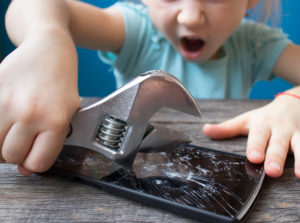
If you’re not confident in your abilities, it is always best to seek professional help. It could also actually be cheaper to have it repaired by an authorised service centre.
Whether or not the Self Service Repair program is better than going to an official Apple service centre is something we will have to determine once it arrives in Australia. But for now, we can at least look forward to another option to keep our device out of landfill.
If you got a bad apple...
If you're having any issues with your repair or are confused about whether or not you are entitled to have your device fixed free of charge by Apple, contact us. We'll let you know your options and handle your complaint.
